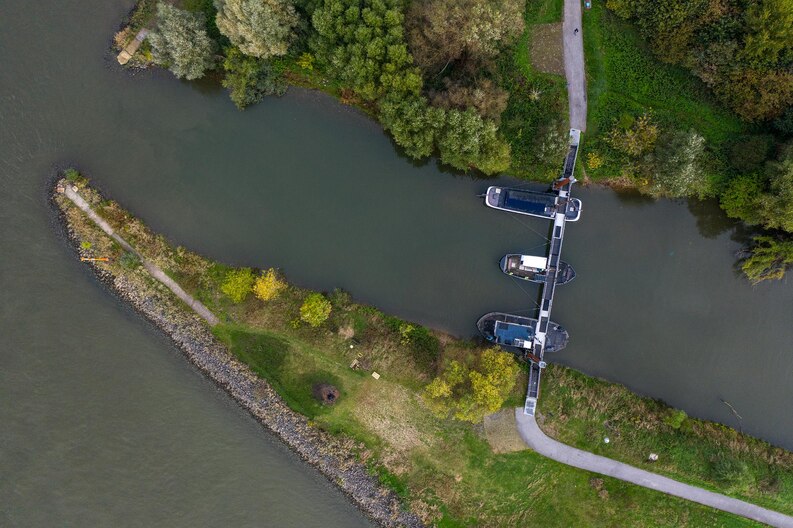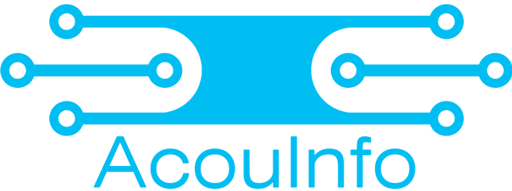
Smart River Monitoring Solutions
Rivers are lifelines of ecosystems, economies, and communities. They provide water for drinking, agriculture, industry, and support diverse flora and fauna. Yet, the health of rivers is increasingly threatened by climate change, pollution, and overuse. Effective monitoring is essential to manage these resources responsibly. Traditional methods of river monitoring, which rely on manual sampling and occasional inspections, are insufficient in today’s rapidly changing environment. In response, smart river monitoring solutions have emerged as a revolutionary approach leveraging digital technologies, real-time data, and intelligent systems to continuously observe, analyze, and react to environmental conditions. These solutions are not only more accurate and efficient but also scalable and cost-effective, making them suitable for governments, research organizations, and environmental agencies worldwide.
Smart River Side
The concept of a smart river side refers to transforming the traditional, passive stretches of riverbanks into active zones of environmental intelligence. This transformation is made possible by embedding networks of interconnected devices such as environmental sensors, surveillance cameras, flow meters, and communication nodes along the banks of rivers and streams. These components are powered by solar or kinetic energy and continuously gather data on water levels, flow patterns, temperature fluctuations, and chemical composition.
By processing this information in real time and transmitting it to centralized data platforms, smart river sides enable authorities to respond proactively to threats such as rising floodwaters, chemical spills, or sediment surges. For example, if upstream sensors detect unusually high flow rates and rainfall levels, alerts can be automatically issued to downstream communities, providing critical lead time for emergency preparation. Furthermore, continuous monitoring allows for better management of water rights and usage, more effective conservation of aquatic habitats, and enhanced public safety measures. Countries with advanced water management strategies like the Netherlands and Germany have already begun to implement smart river sides as part of nationwide water control systems.
River Smart Modules
River smart modules are compact, multi-functional units designed to perform automated, localized monitoring of river systems. These modules often serve as the core building blocks of a smart river network. Each module is engineered to operate independently or as part of a broader system, equipped with an array of sensors and processing tools to gather environmental data without the need for human intervention.
These modules typically house instruments to measure water depth, current speed, temperature, turbidity, and chemical properties such as pH or dissolved oxygen. Often, they include satellite or cellular communication units to upload collected data directly to a central database or cloud platform. Modular by design, these units can be customized according to the specific characteristics of the river segment in which they are deployed whether in fast-flowing streams, wide meandering rivers, or flood-prone urban channels.
What makes smart modules particularly attractive is their ability to function in harsh outdoor conditions with minimal maintenance. Their scalable architecture means they can be deployed in a single pilot site or expanded to cover entire river basins, creating a digital mesh of real-time monitoring points. This structure allows for comprehensive watershed management, enabling policymakers and researchers to model hydrological processes more precisely and detect anomalies as they develop. Such systems also support citizen science initiatives by sharing data through public dashboards, thereby promoting community involvement in water conservation.
Sensors for Water Quality Monitoring
Accurate water quality monitoring is fundamental to preserving river health, and this is where sensors for water quality monitoring play a critical role. These sensors are designed to measure a broad range of physical, chemical, and biological indicators that reveal the condition of a water body. Unlike traditional sampling methods which often involve sending water samples to laboratories for delayed analysis modern sensors offer immediate, on-site evaluations, vastly improving response time and data reliability.
Among the most essential parameters that these sensors measure is pH, which indicates the acidity or alkalinity of the water; turbidity, which reflects the number of suspended particles; and dissolved oxygen, which is crucial for aquatic life. Temperature sensors help determine the thermal profile of the water, affecting everything from fish habitat to chemical solubility. Conductivity sensors assess the presence of dissolved salts and ions, which can indicate the intrusion of pollutants or changes in water origin. Advanced systems even include optical sensors for detecting chlorophyll levels and nutrients such as nitrates and phosphates, which are key indicators of potential algal blooms or agricultural runoff.
The precision and continuity of data from these sensors are vital for understanding long-term environmental trends, detecting sudden pollution events, and complying with international water quality standards. For instance, real-time sensor networks help countries adhere to the guidelines of the European Union Water Framework Directive or the United States Environmental Protection Agency (EPA) standards. Continuous sensor data enables water authorities to identify and isolate sources of contamination more rapidly and implement corrective actions without delay, reducing environmental damage and economic costs.
Smart Water Quality Monitoring System with Cost-Effective Using IoT
The development of smart water quality monitoring systems using IoT (Internet of Things) represents a major advancement in environmental science and engineering. These systems integrate water quality sensors with low-power microcontrollers and wireless communication technology to create interconnected monitoring platforms capable of operating autonomously over long periods. What makes this approach especially powerful is its ability to combine real-time data acquisition with low cost and high scalability.
A typical IoT-enabled water monitoring system includes a variety of components working in synergy. Sensors gather data on key water quality parameters, which are processed by compact microprocessors such as Raspberry Pi or ESP32. The processed data is then transmitted via communication protocols like LoRaWAN, NB-IoT, or cellular LTE to centralized cloud platforms where it is stored, visualized, and analyzed. These cloud platforms often feature customizable dashboards that display trends, generate reports, and issue alerts based on predefined thresholds.
One of the primary advantages of such systems is their affordability. By utilizing open-source hardware and software, and reducing reliance on manual labor, these systems significantly cut operational costs. This makes them particularly suitable for small municipalities, research institutions, or NGOs operating in regions with limited funding. According to MarketsandMarkets, the global smart water management market was valued at approximately CAD 13.8 billion in 2018, with expectations to exceed CAD 26.8 billion by 2024, driven largely by the adoption of IoT-enabled technologies.
A prime example of this innovation is the solution developed by AcouInfo, a Canadian-based company offering an advanced acoustic tomography-based water monitoring device. This device stands apart by measuring velocity, flow, temperature, and salinity across the entire river cross-section, not just at isolated points. It operates in extreme weather conditions, requires no additional infrastructure, and provides real-time data that is transmitted via Wi-Fi or Bluetooth to cloud platforms. With a market price of 1,900 CAD per unit and a low production cost of 450 CAD, the AcouInfo system offers exceptional value and performance. Its installation is straightforward, its maintenance minimal, and its benefits measurable in both environmental and economic terms. For regions with extensive river systems like Canada, which has over 8,500 named rivers and 2 million lakes this solution is ideal for deploying a cost-effective yet robust monitoring network.
Conclusion
The future of river monitoring lies in smart, connected, and cost-efficient solutions. Traditional water assessment methods, while still useful, are no longer sufficient to keep pace with the rapid environmental changes and increasing demands on water resources. By adopting smart river monitoring solutions, communities and governments can gain real-time insights into the health and behavior of their waterways, enabling faster response to issues and better long-term planning.
From intelligent riverbanks equipped with real-time sensors to modular monitoring stations and IoT-based water quality systems, the tools now exist to build a new era of proactive water management. Among these innovations, companies like AcouInfo are leading the way offering scalable, reliable, and economically viable solutions that bridge the gap between technology and environmental stewardship. The time to act is now. With smart river monitoring systems, we can ensure the safety, sustainability, and resilience of our rivers for generations to come.
